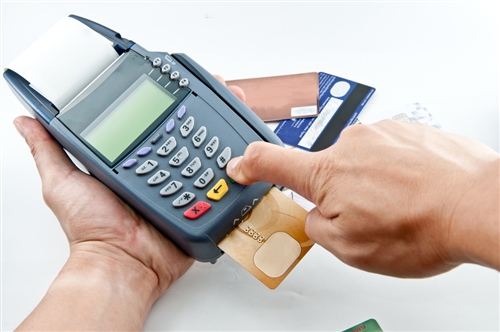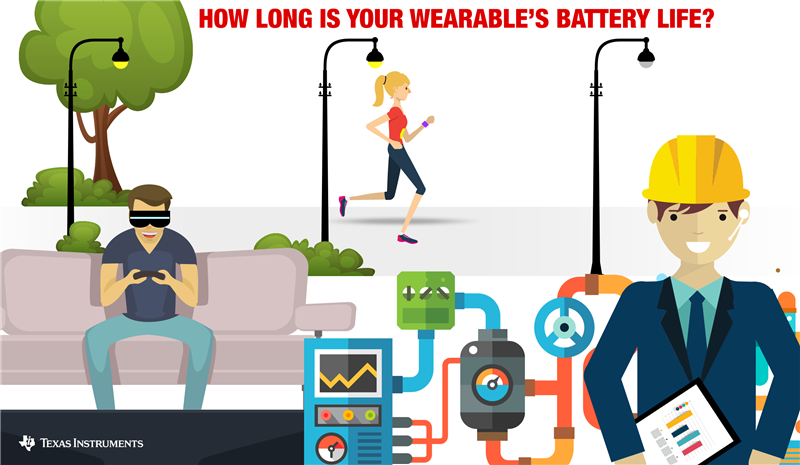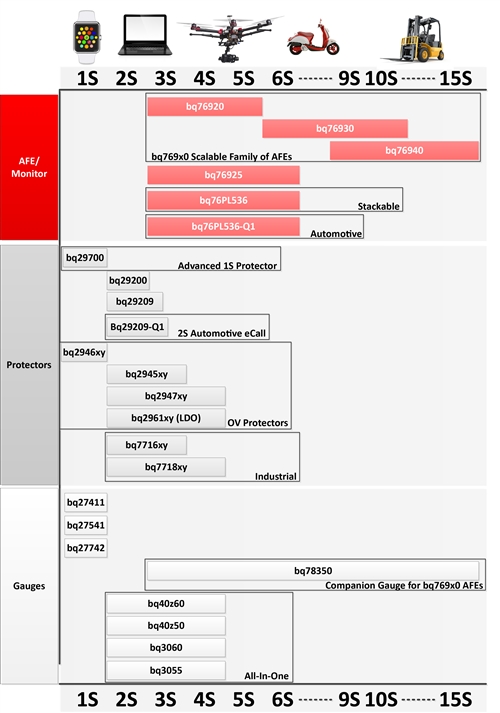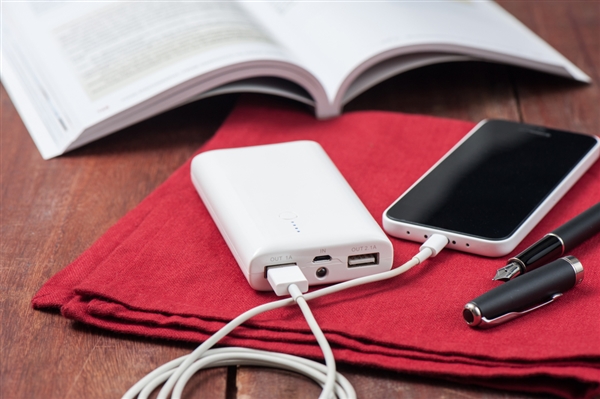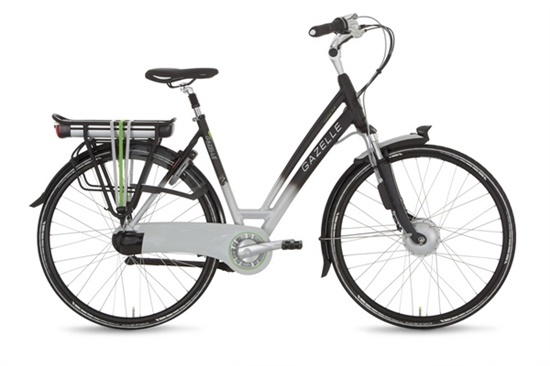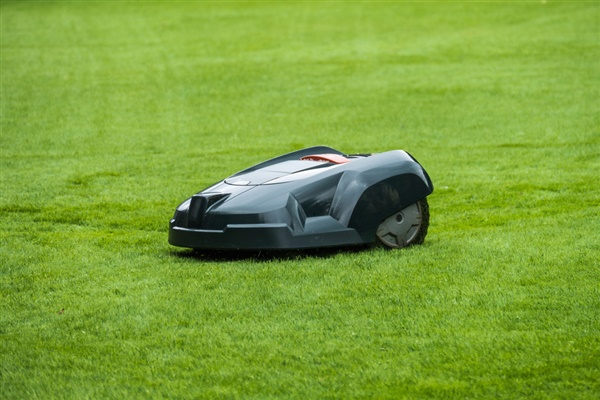“Batteries are impacting almost every facet of the world around us. Together we unlock possibilities for a smarter, safer, greener, healthier and more enjoyable world”, said Jeff Bessa, General Manager, Battery Management Solution, in his welcome address to a gathering of battery engineers. Engineers from…
Find TI’s latest power content at TI.com/powerhouse




